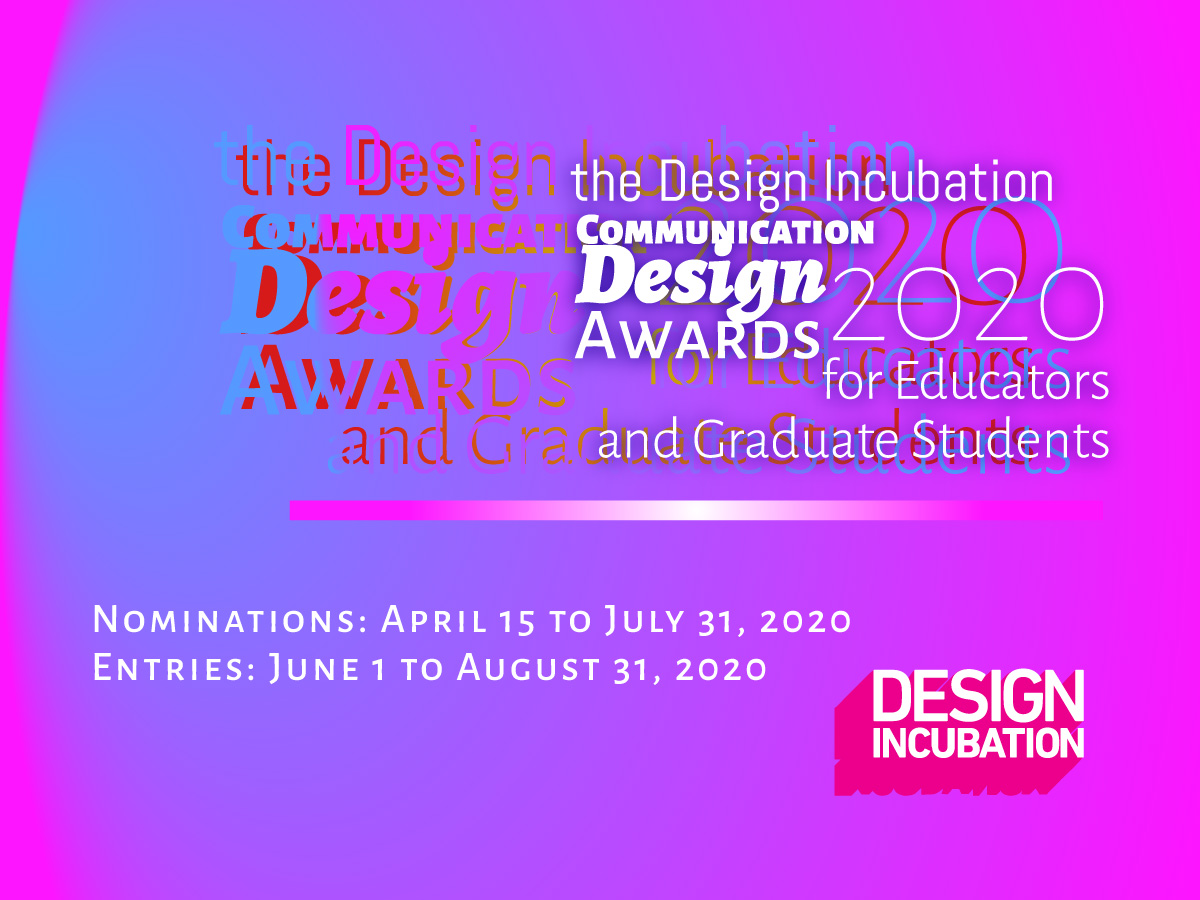Designing Your Research Agenda is an panel discussion and open forum for design scholars and researchers to discuss various aspects of their research agendas. We aim to open a dialog regarding multiple challenges discovering one’s design research inquiry. Design Incubation will also be discussing some of their ongoing work with the mission and focus of supporting design research. Designing Your Research Agenda is an ongoing design research event series.
Some of the questions we will discuss with panelists
- How did you determine your research agenda (high level timeline of your career/trajectory)
- How do you define research and why do you think it matters — for society, the field, yourself?
- How do your department and institution define and support the work you do?
- How would you describe/categorize your department and institution?
- How do you position your research: design theory, design history, design practice, design research (traditional graphic design, speculative design, UX/UI, typography, AR, VR, creative computing, design solutions, etc.), design pedagogy, or something else?
- What barriers (if any) exist at your institution or in the field for creating and disseminating your research?
Moderators
Jessica Barness and Heather Snyder Quinn
PANELISTS
Tasheka Arceneaux-Sutton
Associate Professor of Graphic Design
North Carolina State University and
Faculty at Vermont College of Fine Arts
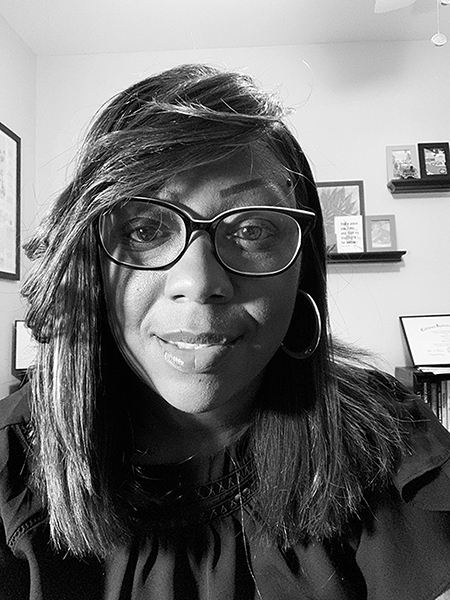
Tasheka Arceneaux-Sutton is an Associate Professor of Graphic Design at North Carolina State University. She has taught graphic design at Southeastern Louisiana University and Typography at Loyola Marymount University. She is also a faculty in the low-residency MFA program in Graphic Design at Vermont College of Fine Arts. In addition, Arceneaux is the principal at Blacvoice Design, a studio specializing in branding, electronic media, identity, illustration, print, and publication design for educational institutions, non-profit organizations, and small businesses. Arceneaux’s research focuses on discovering Black people omitted from the graphic design history canon. Recently, her research is focused on Black women who have made significant contributions to the graphic design profession. She is also interested in the visual representation of Black people in the media and popular culture, primarily through the lens of stereotypes.
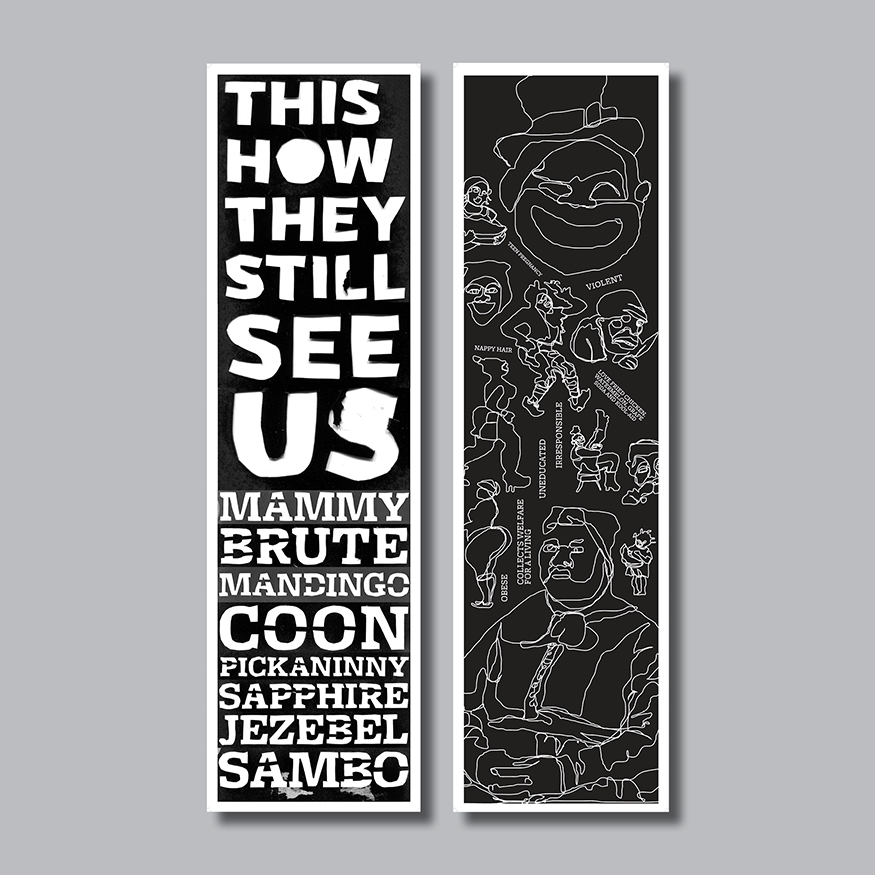
Instagram: @blacvoice
Liat Berdugo
Associate Professor of Art and Architecture
University of San Francisco
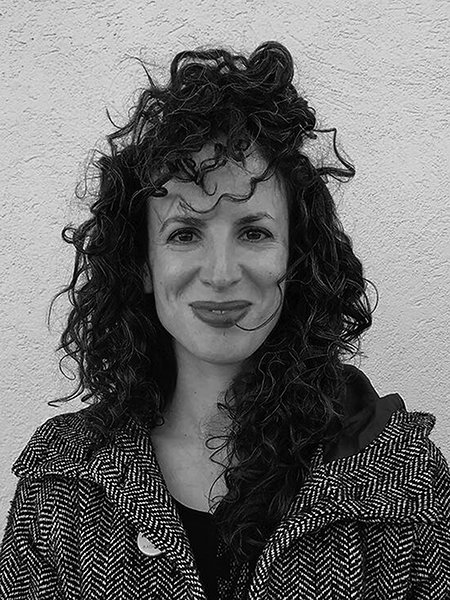
Liat Berdugo is an artist and writer whose work investigates embodiment, labor, and militarization in relation to capitalism, technological utopianism, and the Middle East. Her work has been exhibited and screened at Yerba Buena Center for the Arts (San Francisco), MoMA PS1 (New York), Transmediale (Berlin), V2_Lab for the Unstable Media (Rotterdam), and The Wrong Biennale (online), among others. Her writing appears in Rhizome, Temporary Art Review, Real Life, Places, and The Institute for Network Cultures, among others, and her latest book is The Weaponized Camera in the Middle East (Bloomsbury/I.B.Tauris, 2021). She is one half of the art collective, Anxious to Make, and is the co-founder of the Living Room Light Exchange, a monthly new media art series. Berdugo received an MFA from RISD and a BA from Brown University. She is currently an Associate Professor of Art + Architecture at the University of San Francisco. Berdugo lives and works in Oakland, CA. More at www.liatberdugo.com
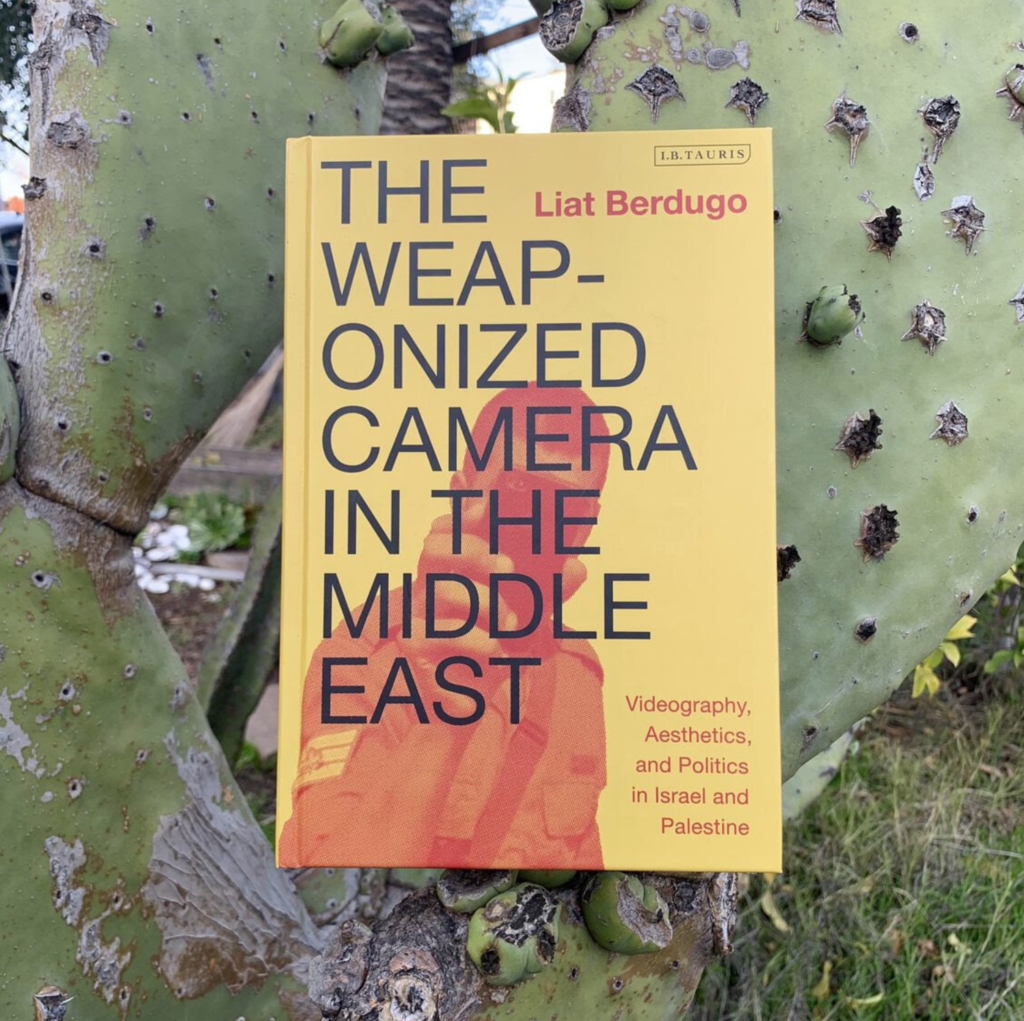
Instagram: @whatliat
Twitter: @whatliat
Caspar Lam
Assistant Professor
Director of the BFA Communication Design Program
Parsons School of Design

Caspar Lam is an Assistant Professor and the Director of the BFA Communication Design Program at Parsons. He is also a partner at Synoptic Office, an award-winning design consultancy working globally with leading cultural, civic, and business organizations. His research and practice explore the systematic relationships among graphic design, data, language, and their influence on visual culture. Caspar holds an MFA from Yale and degrees in biology and design from the University of Texas at Austin. He formerly led design and digital strategy at Artstor, a Mellon-funded non-profit developing digital products related to metadata and publishing for institutions like Harvard and Cornell. Adobe, AIGA, and the ID Annual Design Review have recognized his work. He has been a visiting critic at the Hong Kong Design Institute and served as an Adjunct Associate Research Scholar at Columbia University ́s GSAPP. He sits on the board of directors of AIGA NY.
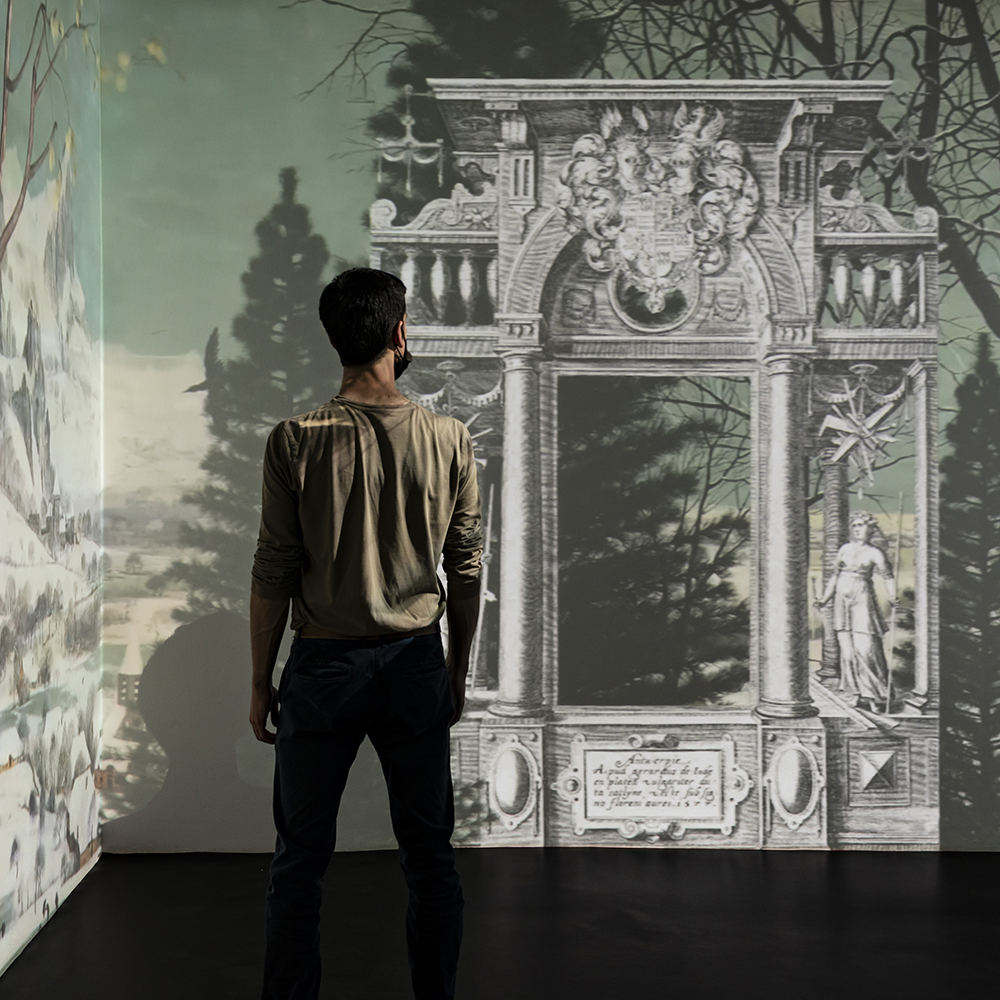
More at www.synopticoffice.com
Instagram: @synopticoffice
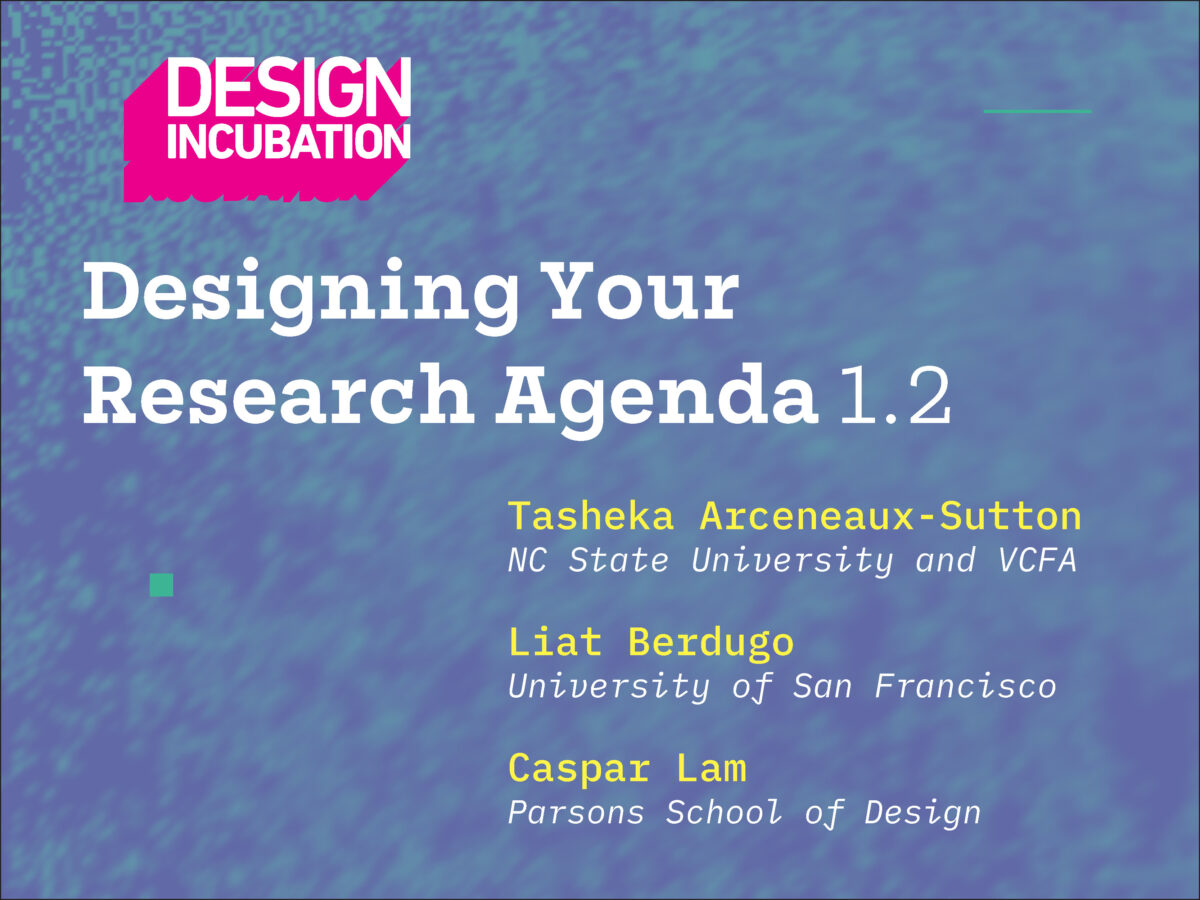
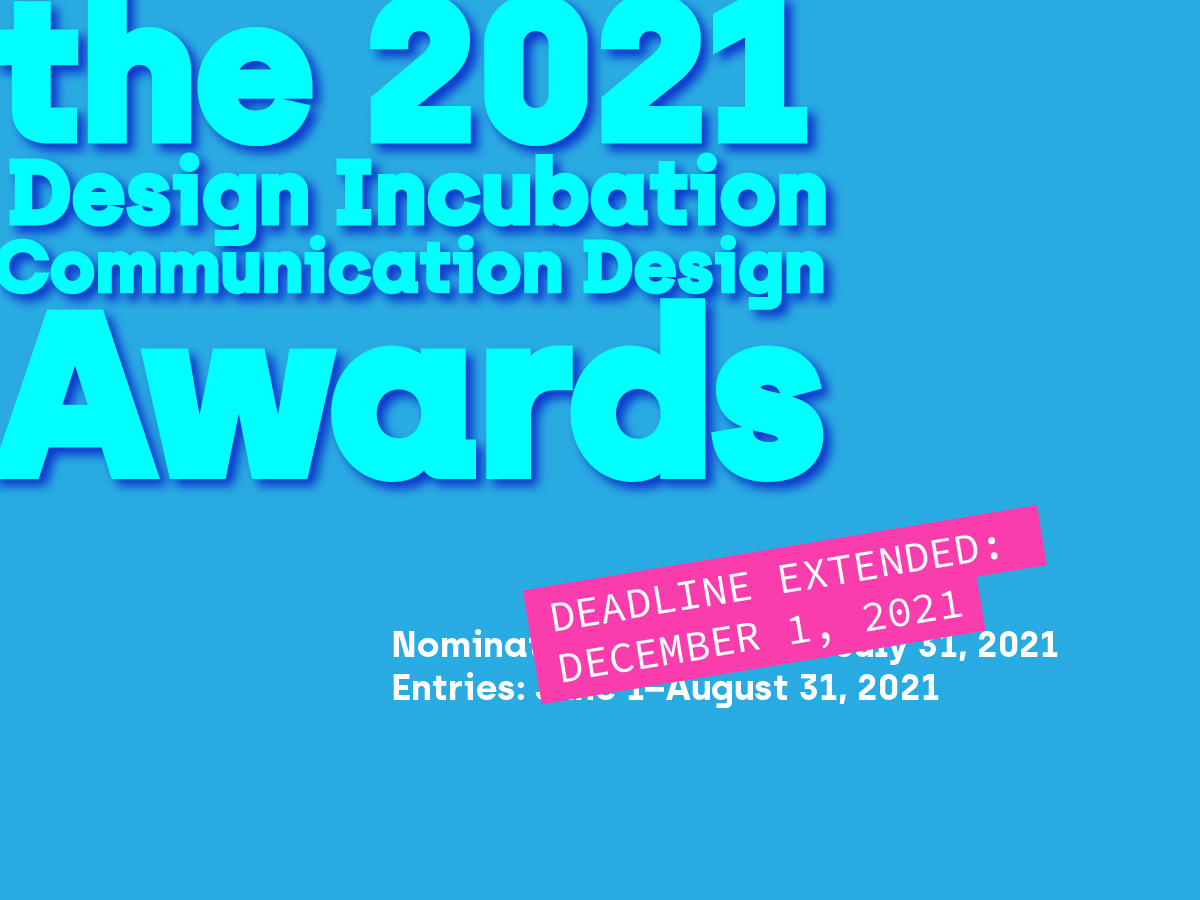
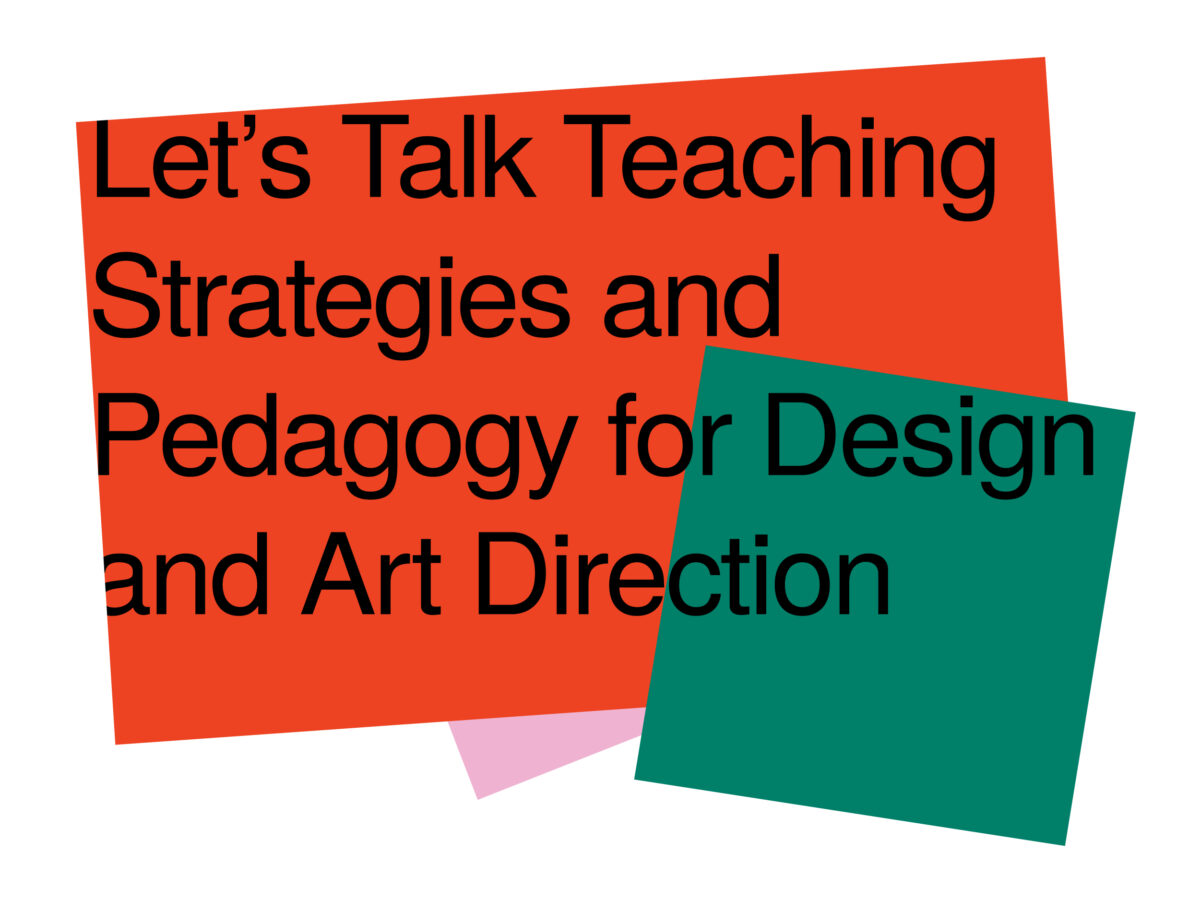
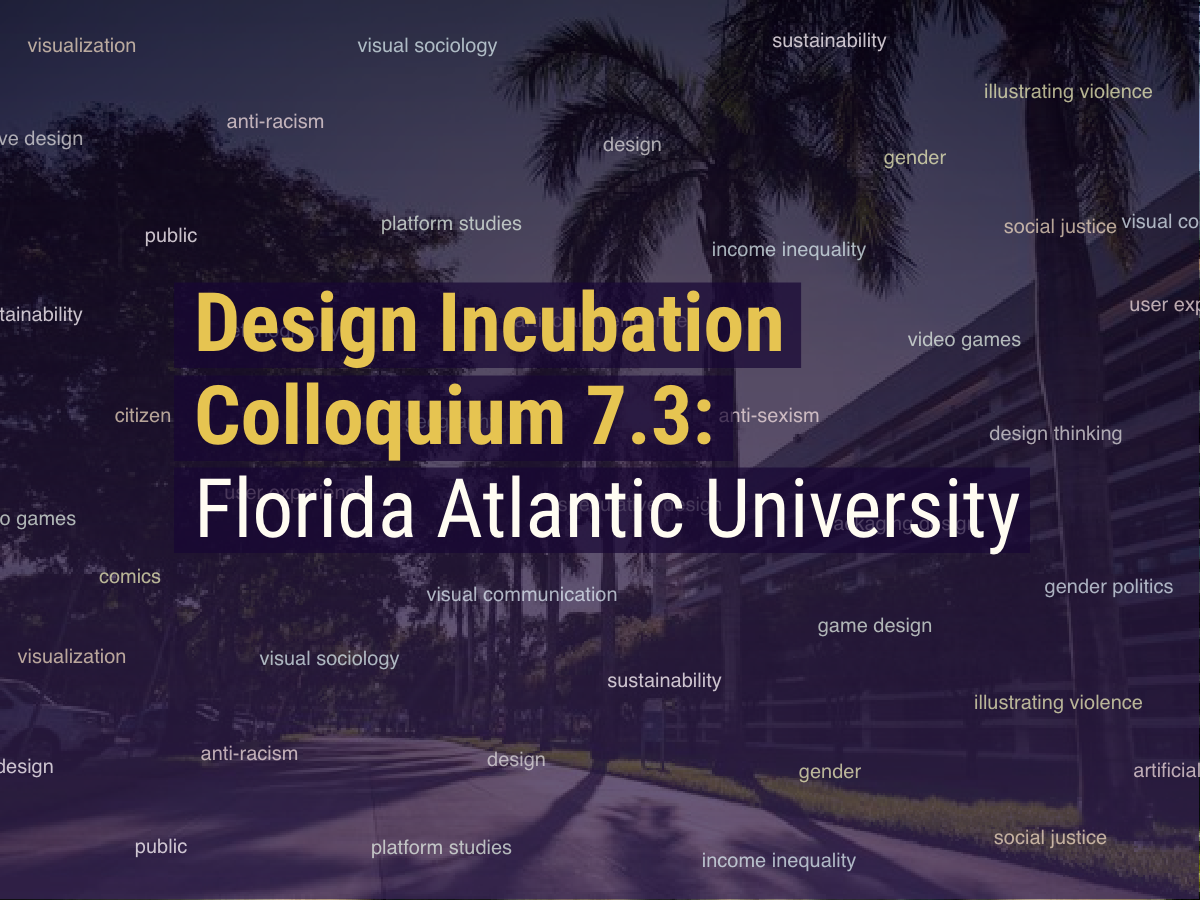
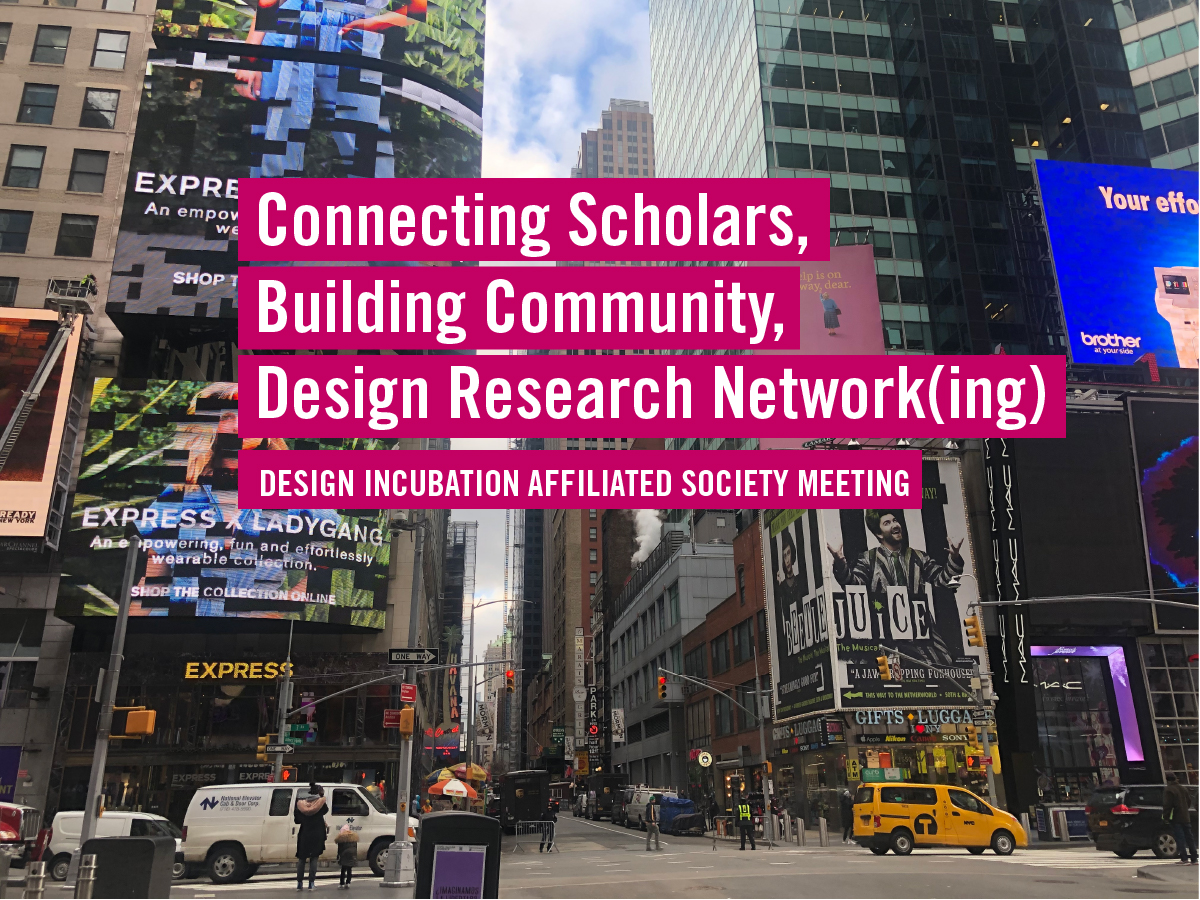
![If This is Theory, Why Isn’t It Boring? Connecting traditional text[book]s to real-life contexts with Augmented Reality](https://designincubation.com/wp-content/uploads/2020/11/GD303-AR-Featured-Image-Littlejohn.jpg)


